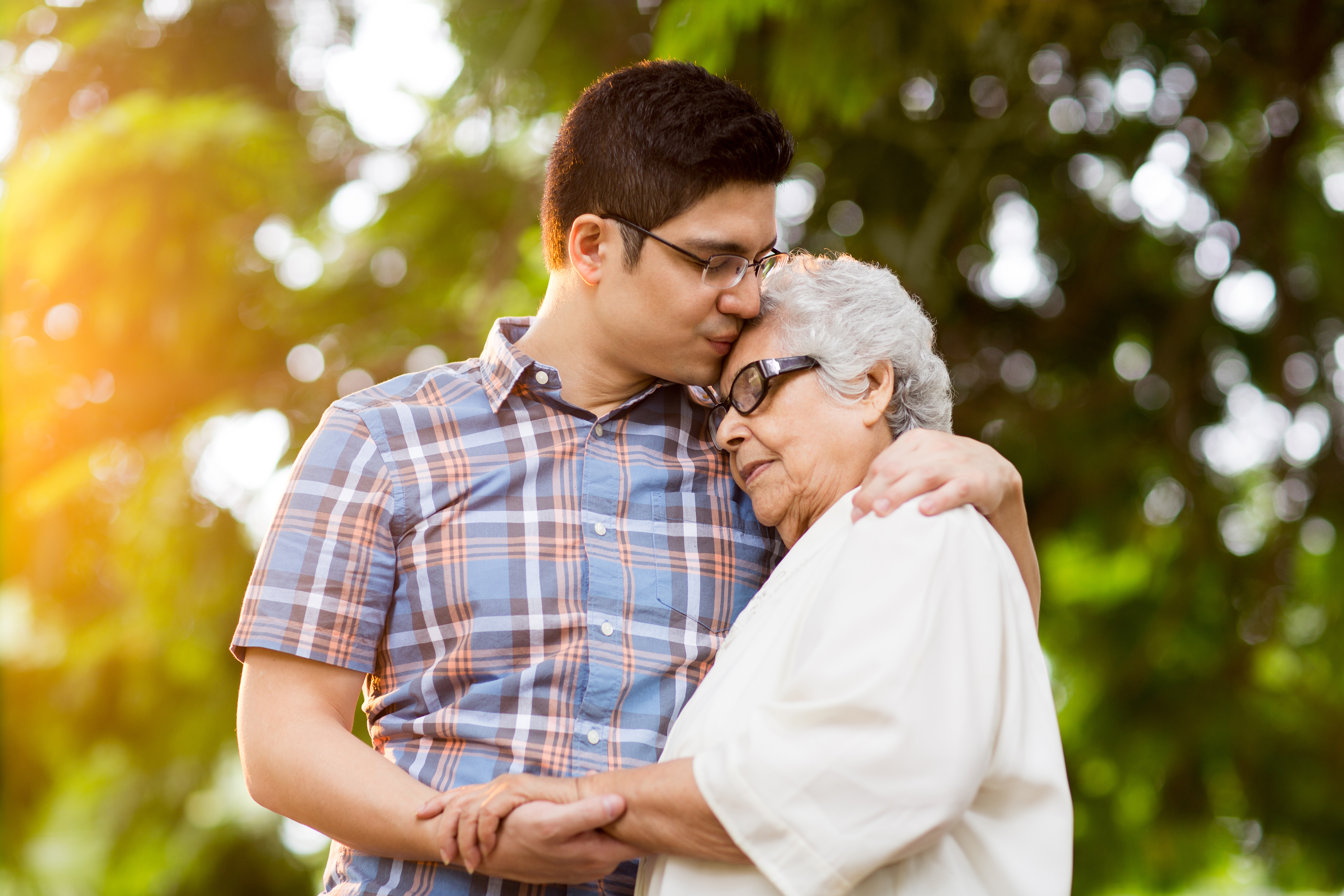AARP Hearing Center
Nearly 7 million Latinos in the U.S. provide unpaid care to an aging or older loved one. Many Latino family caregivers see caregiving responsibilities only as something family members do for one another and do not seek outside help.

Today, the face of the Latino caregiver is changing. Jacqueline Angel, professor of public affairs and sociology at the University of Texas at Austin, recently penned an opinion article in the Houston Chronicle. She wrote about the challenges facing Latino caregivers.
“There are many changes in our society that highlight and animate new challenges for the Latino population, specifically for the Latino caregivers,” said Angel. “I have done research over the last 30 years, founded by the National Institute on Aging, to look at these important health and care needs for the Latino population.”
Angel said her studies focused on older Latinos and community members trying to age in place. The idea was to look at the strength of the Latino families, look at the underlying problems they face, and how to address the needs.
“One of the major issues is that the Latino population is living very long lives because of the advances in public health and medical care,” she said, noting that Latinos of Mexican descent in the U.S. are spending about two-thirds of their lives after age 65 with compromised health.
Angel, who has studied older Mexican Americans since 1982, said the study addressed individuals, their caregivers, and their families.
“We have a very rich set of data to see how these changes affect their ability to care for one another. In terms of the resources they need,” said Angel. “The two most common conditions in the Latino population that caregivers are reporting are Type 2 diabetes and dementia or Alzheimer’s Disease.”
Angel said her work revealed that younger family members are stepping up more often to care for older family members.
“Since the turn of the century, we have seen tremendous transformations to families,” said Angel.
Angel said jobs with caregiving leave, resources, and retirement accounts are needed today. She said the Latino caregiver’s new role requires more training, more intensive care, and more extended periods of caregiving care.
“Latinos’ high desire to take care of aging parents is so rooted in the culture that they can buffer off the challenges that they’re facing,” said Angel. “Even though there are high demands on caregivers in the Latino population, we see a tremendous amount of resilience.”































































